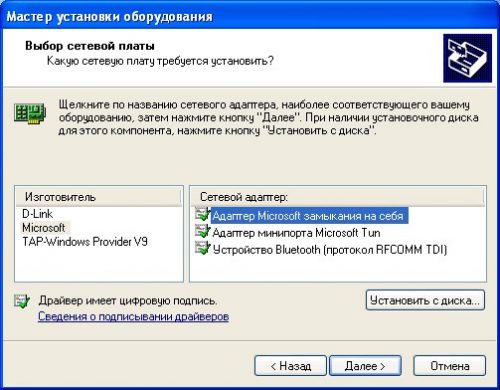

Using special hard-coded command line parameters

(Despite the name of the screen changing, the old shortcut still functions.)
#WINDOWS XP HDWWIZ.EXE WINDOWS#
(That may have been the accurate window title from Win9x.) In some newer version of Microsoft Windows (including Windows 10), this screen of options is titled “Screen Resolution”. Shows the “Display Properties - Properties” window. Rundll32 shell32.dll, Control_RunDLL desk.cpl,3 Leaving that off will simply run the Control Panel.įorum post shows several examples. If there is a desire to specify which tab to foreground, but there is no desire to specify a specific section of code, then just put two commas and a number after the filename. The second comma, and the following number, are optional. The first comma and the and the following number are also optional, and specify an applet (some specific code) stored within a *.cpl “applet” file. Rundll32 shell32.dll, Control_RunDLL filename.cpl 0,1 MS KB 313808 has as similar list to Windows XP. The names of some control panel applet files are shown by MS KB 149648. Some technicials will simply memorize the names of some commonly referenced control panel applets. Running “ control somefile.cpl” should work. Often, running start somefile.cpl will work.

Specifying a control panel applet to the Control Panel program
#WINDOWS XP HDWWIZ.EXE CODE#
: Running code related to the Control Panel icons (The “registry” may have been known to rival Control Panel's fame, at least at some times.) Perhaps the most famous spot to check out settings is the “Control Panel”.


 0 kommentar(er)
0 kommentar(er)
